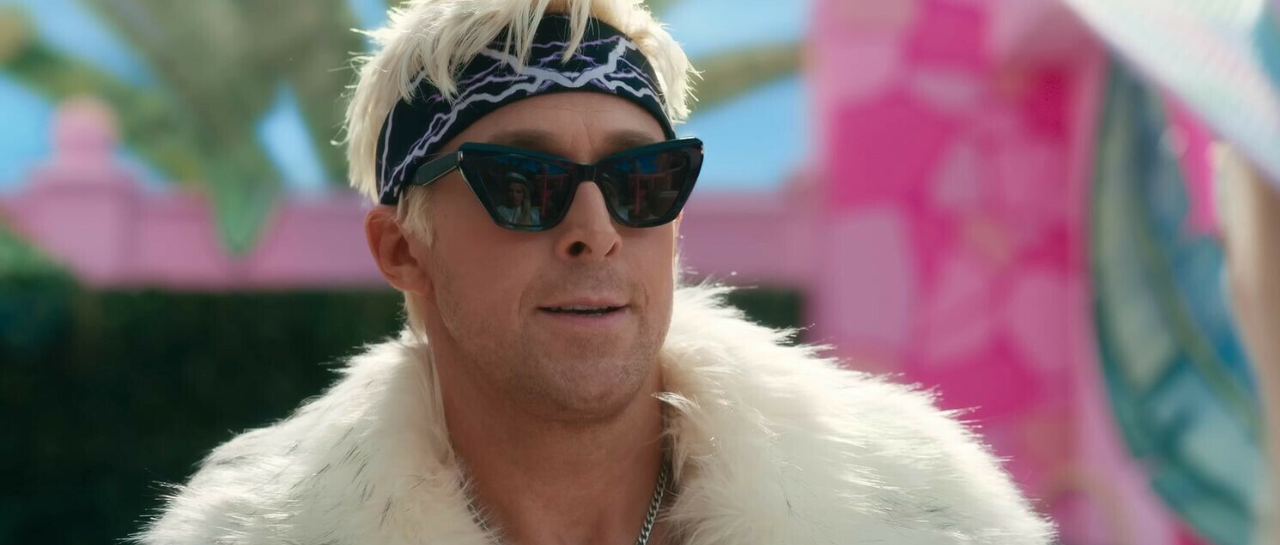A Russian policeman walks in Moscow’s Red Square with St. Basil’s Cathedral and Lenin’s mausoleum in the background.
AFP via Getty Images
RIA Novosti, a Russian government news agency whose origins date back to World War II, has published nearly three dozen posts containing misleading and false information on TikTok over the past four days, defying the social media network’s purported attempt to stop new content in Russia.
In one video on Wednesday, RIA Novosti laced together recorded US Senate testimony from Victoria Nuland, a State Department official, about biological-research labs in Ukraine with a voiceover falsely suggesting Ukraine has covered up bio-warfare projects financed by America, a popular new vein of Russian misinformation.
Another RIA Novosti video from Wednesday shows an interview with a man the outlet identifies as a captured Ukrainian soldier, who says he was shot during a standoff with Russian forces and then abandoned by his unit. “Everyone was shooting,” he recalls, speaking Ukrainian with a heavy Russian accent. “I was wounded in a leg and left in a ditch.” A third video suggests the Zaporizhzhya Nuclear Plant seized by Russian troops contained a large cache of weapons and ammunition, part of a continuing storyline to paint Ukraine as a long-standing threat to Russia. (Western authorities have released no evidence of a military installation at Zaporizhzhya.) RIA Novosti pushed these videos and others at more than 200,000 followers, who’ve supported the publication’s clips with 3.4 million Likes.
It is unclear why TikTok has continued to allow Moscow-headquartered RIA Novosti to publish after the company announced Sunday a ban on new content from Russia that has stopped other state media agencies, including RT, Sputnik and NTV, from posting to TikTok. The prohibition was a response to a newly passed law in Russia to tamp down on information contrary to the official narrative on Ukraine offered by President Putin. (There’s been at least one other problem with TikTok’s ban. It allowed RT editor in chief Margarita Simonyan to continue posting through Tuesday.)
RIA Novosti did not return a request to comment for this story. Neither did TikTok, which is owned by Beijing-based ByteDance. When reached for an earlier story on this topic, a TikTok spokesperson on Monday said the ban was “rolling out across the app in Russia.”
RIA Novosti’s continued presence on TikTok raises questions about the effectiveness of TikTok’s ban and highlights the inherent complications and problems with moderating content on a site as large as TikTok, a situation that has long plagued older companies like Facebook and YouTube. TikTok has needed to confront issues about political content before — both here in the US during the last presidential election and the June 2020 protests around George Floyd’s death and over international matters, too, including during the Taliban’s rise to power last summer. Its executives have fretted internally about the pervasiveness of political content on the platform and, in the past, expressed a desire to keep TikTok focused on light entertainment.
Yet the social network has become a popular place for videos about the war in Ukraine, the immense volume producing a singular moment in the short history of the app. #Ukraine, for example, has attracted 24.8 billion views in a matter of weeks, making it one of the most popular categories of videos ever. Those videos have been a mix of genuine and false content, allowing parties on both sides of the conflict to create an increasingly hard-to-decipher narrative about what’s happening in Ukraine.
But RIA Novosti doesn’t fall into this gray area. Researchers who track Russian disinformation say it dispenses the same type of conspiracy theories, propaganda and other inaccurate information that RT and Sputnik both published before TikTok’s content ban took them off the app. According to the Institute for Strategic Dialogue, RIA Novosti is the third most-followed Kremlin news group on TikTok, behind accounts held by RT editor in chief, Simonyan (223,000 followers) and NTV (1.3 million).
RIA Novosti began life as the Soviet Information Bureau in 1940, an outlet for the Soviets to disseminate news during the Nazi invasion of Russia and then its campaign against Germany during the remainder of World War II. After the Soviet Union fell, RIA Novosti enjoyed several decades of existence as an editorially independent organization while continuing to rely on the government for at least a portion of its funds.
It chronicled Russia’s chaotic rebirth during the 90s and 2000s, becoming a popular destination for Russian journalists eager to report on their new nation. Katya Zabrovski was one of them, tasked with covering the opposition parties that rose up in Putin’s initial years in power when information flowed more freely in Russia. “I was writing whatever they were saying, whatever they were doing. If there was criticism, I was reporting that and giving them direct quotes, “says Zabrovski.
Things all changed in December 2013, when an increasingly emboldened Putin dissolved the RIA Novosti newsroom, part of several plays at that time by the Russian president to increase his political power and restrict information. “It was a real drama. When the people who had worked there and thought of themselves as journalists, this news was a shock, “says Vasily Gatov, who worked at RIA Novosti then as an executive director. An old hand at Moscow outlets and American ones like ABC News, Gatov had been hired to help RIA Novosti thrive in the Internet Age, bolstering its presence on Facebook and Google News and improving its digital infographics.
Up until then, RIA Novosti had covered international affairs, too, but that coverage was reassigned to two new media organizations: RT and Sputnik. Putin refocused RIA Novosti on domestic news, giving the agency’s top job to a supporter, Dmitry Kiselyov, an arch-conservative television host. Kiselyov was already famous for his one-hour program in which he discussed conspiracy theories about foreign threats and his stridently anti-gay views. “He is an outspoken propaganda dealer,” says Gatov, who quotes RIA Novosti that December. “He told [RIA Novosti’s journalists] that ‘Now you have to do what the government tells you to do.’ ”
Kiselyov remains RIA Novosti’s head today, and in the years since, RIA Novosti has evolved to a place staffed at least partially by a “new generation of Cold War warriors,” Gatov says. “Who hate America in particular.”
Dmitri Slavinsky and Katya Soldak contributed to this story.













